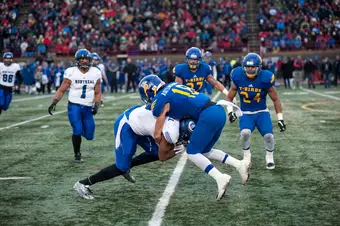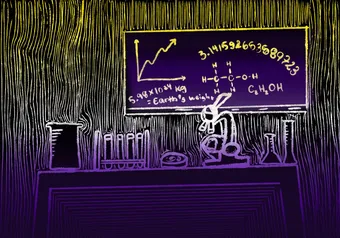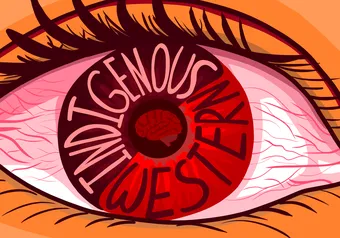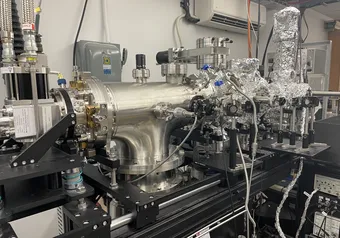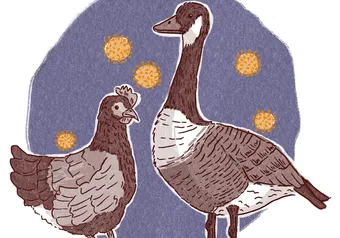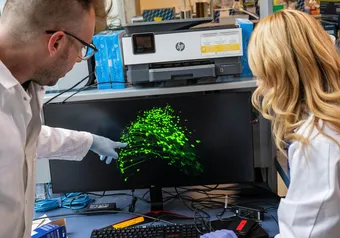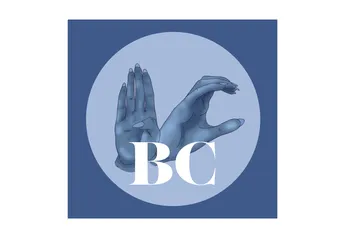It seems you can’t watch sports today without hearing about the debilitating nature of traumatic brain injuries caused by repetitive or excessive blows to the head. It is an issue that has caused youth enrolment in contact sports to drop and resulted in billion dollar lawsuit settlements. The injury has even spawned a Hollywood blockbuster starring Will Smith and now a team of UBC researchers is on the forefront of trying to provide clarity in the murky field of concussion detection.
For the past two years, Jean-Sébastien Blouin and Gunter Siegmund of the UBC School of Kinesiology have worked with graduate students Alex Rebchuk and Harrison Brown to track the magnitude and frequency of the impacts suffered by players on UBC’s Vanier Cup-winning football team. The study involved placing an impact exposure sensor — called the “X-Patch” — behind a player’s ear during practices and games. The researchers also performed weekly neurocognitive tests on participants in order to look for a link between different levels of impact and basic brain functions such as memory retention. It is a type of study that is previously untested and could cause a huge impact in professional sports, but graduate researcher Alex Rebchuk is unphased by his works potential impact on a multi-billion dollar industry.
“I don’t think we really think too much about the effect on the sport, per se,” he said. “It’s obviously a very exciting field. It’s very popular and there’s a lot of interest in it. That’s fun going out, telling people about your research and them having that understanding. They know football, they know hockey and they can relate to concussions because they see it in the media.”
Concussions are a problem that too many athletes know far too well, including Rebchuk. As a young rugby, football and soccer player, he experienced his share of undiagnosed head injuries.
“You didn’t think much about it at the time. But ... in retrospect, when I finished my undergrad degree, it was something of interest to figure out what’s going on.”
As for the study, the team has observed some interesting data, but won’t release any results until passing a stringent peer review process. The team expects to publish a preliminary paper detailing the accuracy of their sensors within the next two months and follow it up with a full examination of the relationship between impacts and neurocognitive test results in late summer or early spring. Until then, the sporting world holds its breath.
First online
Share this article


